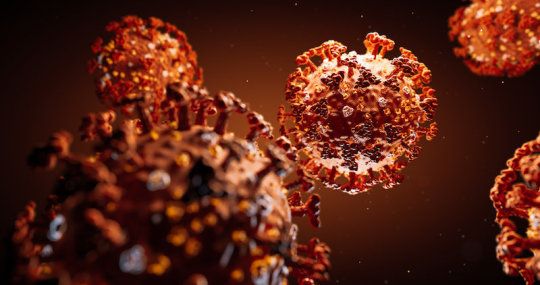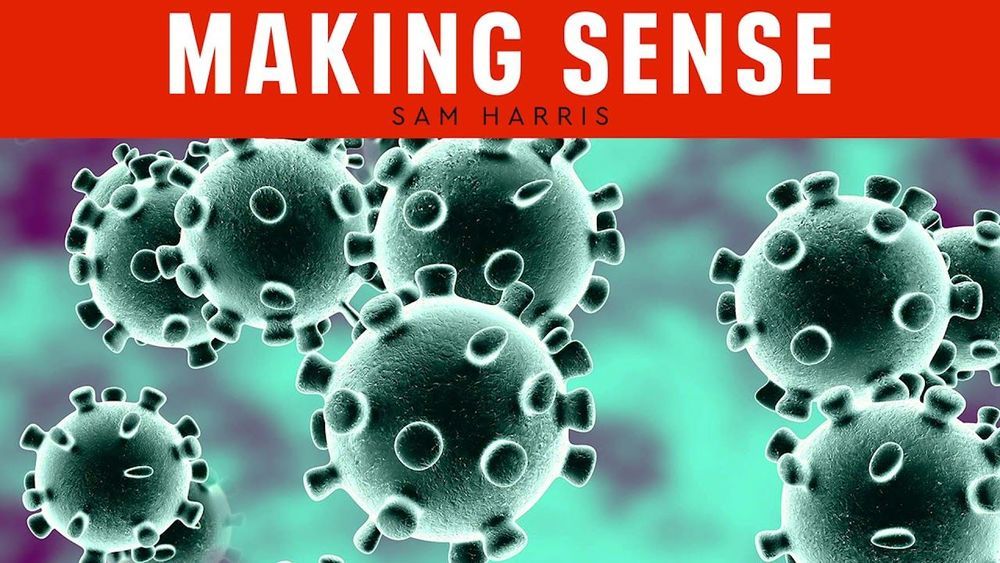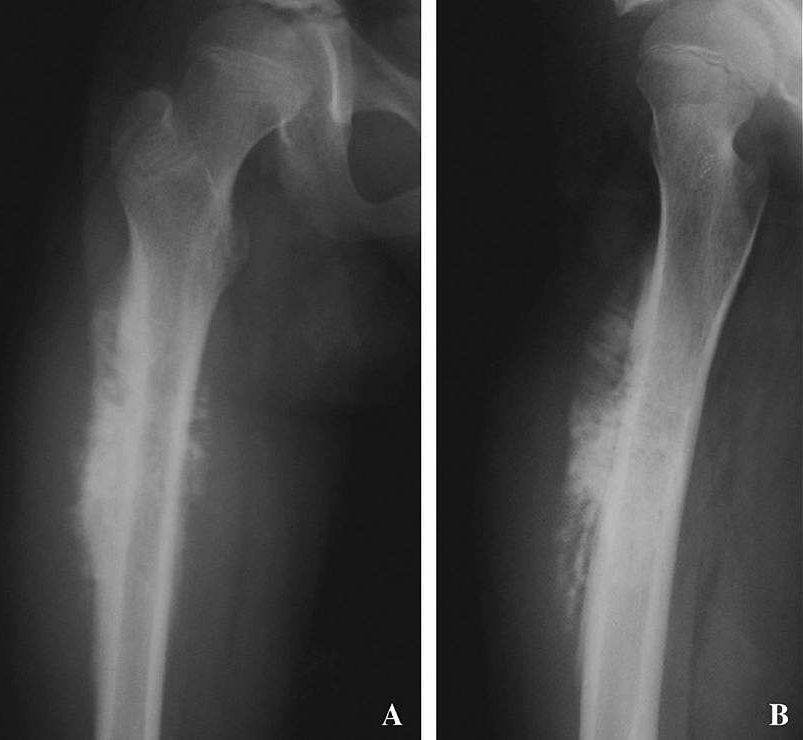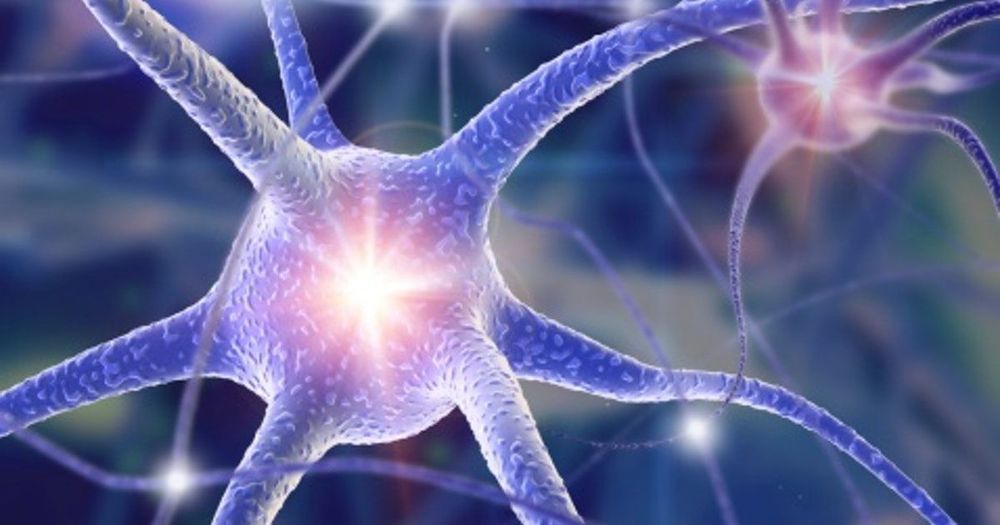Mar 19, 2020
If Americans used bidets fifteen million trees could be saved
Posted by Brent Ellman in categories: energy, transportation
Justin Thomas considers bidets to be “a key green technology” because they eliminate the use of toilet paper. According to his analysis, Americans use 36.5 billion rolls of toilet paper every year, representing the pulping of some 15 million trees. Says Thomas: “This also involves 473,587,500,000 gallons of water to produce the paper and 253,000 tons of chlorine for bleaching.” He adds that manufacturing requires about 17.3 terawatts of electricity annually and that significant amounts of energy and materials are used in packaging and in transportation to retail outlets.
That’s a lot of water, far more than is actually used by the bidet itself.
 Lloyd Alter/ toto toilet with washlet/CC BY 2.0
Lloyd Alter/ toto toilet with washlet/CC BY 2.0

















